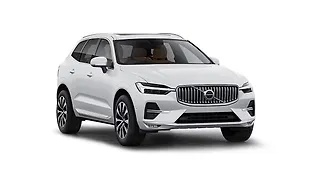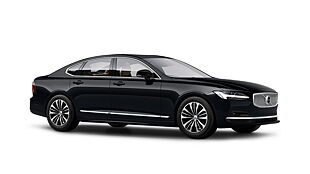
The Volvo XC90 is the Swedish carmaker’s flagship SUV. The vehicle has enjoyed strong sales owing to its spacious cabin, decent on-road manners and of course, Volvo’s unrivaled reputation for safety above all else; having said that, the XC90 has been in the market for a decade now and is in dire need of a replacement, especially with the advent of far more modern alternatives from Germany.
Although Volvo has made a few updates to the XC90 and even launched a new model in the recent past, the updates were restricted to certain design tweaks and upgraded interiors. But with the 2015 year model, Volvo is looking to introduce the all-new second generation version based on a completely new design philosophy called Scalable Platform Architecture (SPA). The vehicle has been spied undergoing tests in France. Despite being covered in heavy camouflage, the prototype model manages to give us a glimpse of some of the production bits such as the headlights and taillights.
The 2015 XC90 will be Volvo's first model to be made using this all- new platform. Like most other luxury carmakers, Volvo will be seen designing and developing everything from hatchbacks to SUVs using a uniform platform as base (SPA, in this case). Expect the rest of Volvo’s future range of cars including the XC60, the S60, the V40 and the lot, to be based on the same platform.
With the 2015 XC90, Volvo is aiming to go properly radical as far as carbon emissions are concerned. Looking to bring down the average emissions of its entire range to just 95g/km CO2 by the year 2020, Volvo will launch the 2015 XC90 only with a range of turbocharged 4-cylinder engines. Having taken the green approach, it is highly unlikely for the Swedish carmaker to introduce six or eight cylinder engines for the next-gen XC90 or any of its completely new future models for that matter.


![Volvo XC90 [2007-2015] Image Volvo XC90 [2007-2015] Image](https://imgd.aeplcdn.com/272x153/ec/65/91/9931/img/m/Volvo-XC90-Right-Front-Three-Quarter-50724_ol.jpg?q=80)
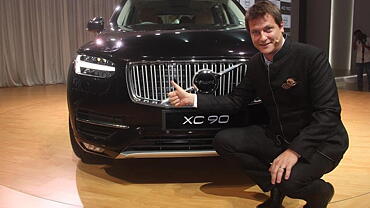









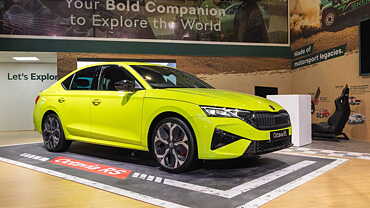
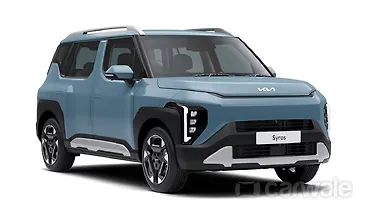
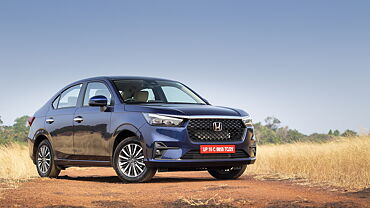
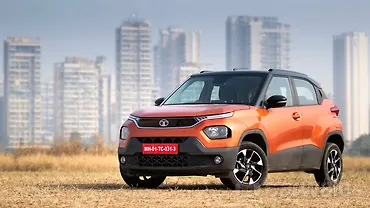

![Volvo XC90 [2007-2015] Right Front Three Quarter Volvo XC90 [2007-2015] Right Front Three Quarter](https://imgd.aeplcdn.com/320x180/ec/65/91/9931/img/m/Volvo-XC90-Right-Front-Three-Quarter-50724_ol.jpg?v=201711021421&q=80)
![Volvo XC90 [2007-2015] Left Rear Three Quarter Volvo XC90 [2007-2015] Left Rear Three Quarter](https://imgd.aeplcdn.com/320x180/ec/9931/img/l/Volvo-XC90-Rear-three-fourth-15390.jpg?v=201711021421&q=80)
![Volvo XC90 [2007-2015] Left Front Three Quarter Volvo XC90 [2007-2015] Left Front Three Quarter](https://imgd.aeplcdn.com/320x180/ec/9931/img/l/Volvo-XC90-Front-three-fourth-15391.jpg?v=201711021421&q=80)
![Volvo XC90 [2007-2015] Interior Volvo XC90 [2007-2015] Interior](https://imgd.aeplcdn.com/320x180/ec/9931/img/l/Volvo-XC90-Interior-15392.jpg?v=201711021421&q=80)


























